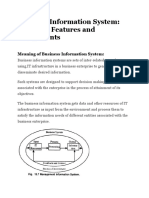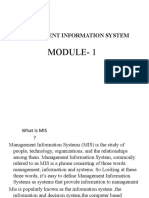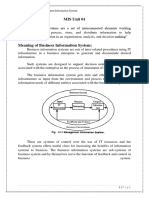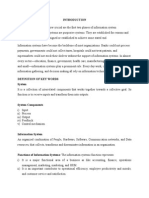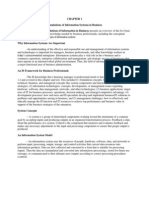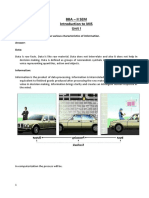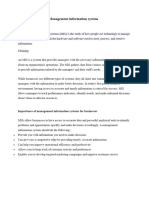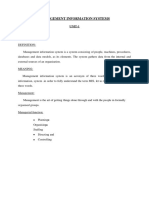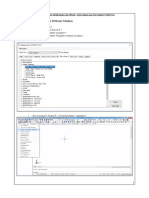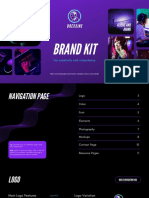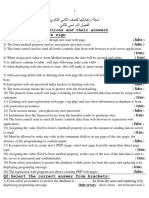0% found this document useful (0 votes)
10 views13 pagesSlide 01 Chapter-1 Introduction To Information System
The document provides an introduction to information systems, defining key concepts such as systems, information, and business information systems. It outlines the features, uses, and components of information systems, emphasizing their role in decision-making, control, and communication within organizations. Additionally, it identifies various users of information systems, including employees, managers, customers, suppliers, and investors.
Uploaded by
a8797521Copyright
© © All Rights Reserved
We take content rights seriously. If you suspect this is your content, claim it here.
Available Formats
Download as PPTX, PDF, TXT or read online on Scribd
0% found this document useful (0 votes)
10 views13 pagesSlide 01 Chapter-1 Introduction To Information System
The document provides an introduction to information systems, defining key concepts such as systems, information, and business information systems. It outlines the features, uses, and components of information systems, emphasizing their role in decision-making, control, and communication within organizations. Additionally, it identifies various users of information systems, including employees, managers, customers, suppliers, and investors.
Uploaded by
a8797521Copyright
© © All Rights Reserved
We take content rights seriously. If you suspect this is your content, claim it here.
Available Formats
Download as PPTX, PDF, TXT or read online on Scribd
/ 13

